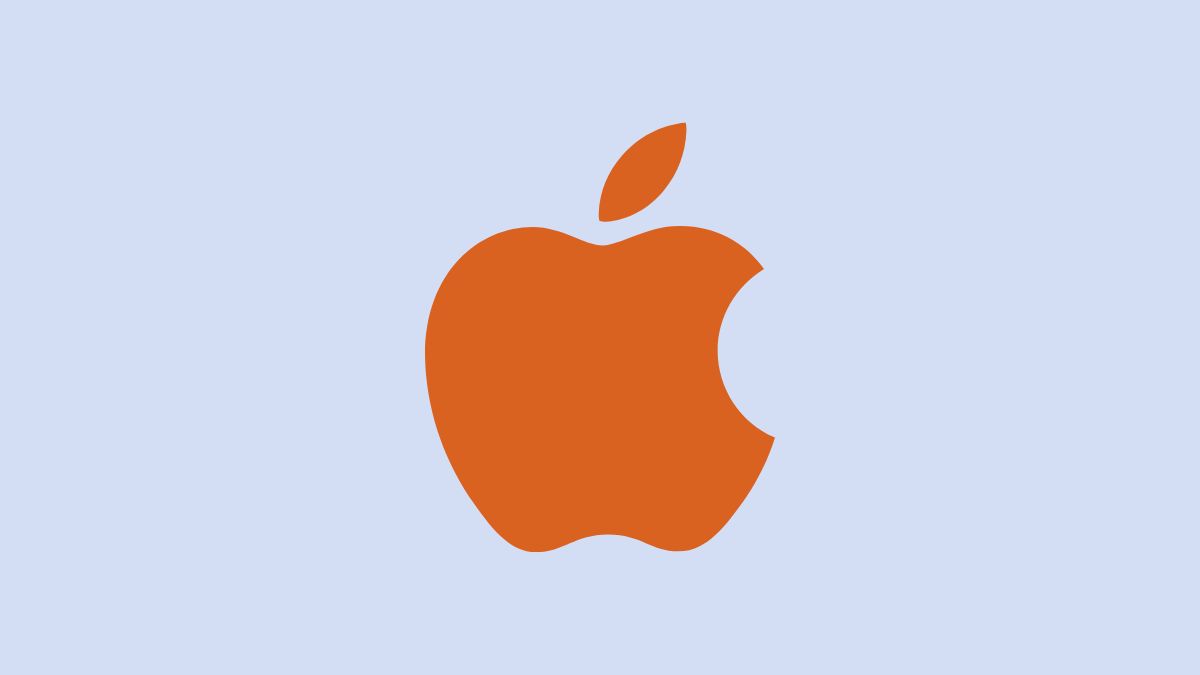Table of Contents
- Introduction
- 1. Amazon Kindle Direct Publishing (KDP)
- 2. Apple Books
- 3. Draft2Digital
- 4. IngramSpark
- 5. Barnes & Noble Press
- 6. Kobo Writing Life
- 7. Google Play Books
- 8. PublishDrive
- 9. StreetLib
- 10. Lulu
- Conclusion
Introduction
Self-publishing has transformed the literary world, allowing authors to bypass traditional publishing houses and take full control of their creative work. The industry has expanded rapidly, offering a variety of platforms that cater to different needs, from global ebook distribution to high-quality print-on-demand services. However, with so many options available, it can be difficult to determine which platform is the best fit for your publishing goals.
In 2025, the self-publishing market will continue to evolve, offering enhanced marketing tools, better royalty rates, and more efficient global distribution. The right platform can help an author maximize visibility, increase earnings, and reach a wider audience. To help you make an informed decision, we have compiled a list of the 10 best self-publishing platforms in 2025, taking into consideration their features, ease of use, royalties, and audience reach.
1. Amazon Kindle Direct Publishing (KDP)
Amazon Kindle Direct Publishing (KDP) remains the leading self-publishing platform in 2025. As the largest online bookstore in the world, Amazon provides independent authors with an unparalleled audience reach. KDP allows authors to publish ebooks and paperbacks for free, ensuring their books are available in Amazon’s vast global marketplace.
A significant advantage of KDP is its flexible royalty structure. Authors can choose between a 35% or 70% royalty rate depending on the book’s pricing. Books priced between $2.99 and $9.99 qualify for the higher royalty option, making it a lucrative choice for many self-published authors. Another key feature is KDP Select, an exclusive program that offers promotional benefits, such as Kindle Unlimited revenue and participation in Kindle Countdown Deals, in exchange for making the book exclusive to Amazon.
Additionally, KDP supports print-on-demand services, allowing authors to publish physical copies of their books without any upfront printing costs. With its global distribution, strong promotional tools, and direct access to Amazon’s customer base, KDP remains the dominant choice for self-published authors.
2. Apple Books
Apple Books is another powerful self-publishing platform, particularly for authors targeting Apple’s vast user base. The platform allows writers to publish directly to the Apple Books store without requiring exclusivity, making it a strong alternative to Amazon KDP.
One of Apple Books’ standout features is its flat 70% royalty rate across all price points. This gives authors greater flexibility in setting their book prices without worrying about a drop in royalties. Additionally, the platform provides authors with various marketing tools, including offering pre-orders, discounts, and free book promotions to increase visibility.
Another advantage of publishing on Apple Books is its seamless integration with iOS and macOS devices, making it easy for readers using iPhones, iPads, and MacBooks to discover and purchase books. With its robust tools and strong presence in the Apple ecosystem, Apple Books is an excellent choice for self-published authors looking to diversify their distribution strategy.
3. Draft2Digital
Draft2Digital is an ideal platform for authors who want to distribute their books to multiple retailers without managing multiple accounts. It simplifies ebook publishing by allowing authors to upload their books once and distribute them to platforms such as Apple Books, Barnes & Noble, Kobo, and more.
Unlike some other self-publishing services, Draft2Digital offers free formatting and conversion tools, making it easy for authors to create professional-quality ebooks without technical expertise. Additionally, it provides an automated back matter update system, ensuring that authors can effortlessly update links to their other books across their entire catalog.
Draft2Digital operates on a simple revenue model that takes a 10% commission on book sales, meaning authors do not have to pay upfront fees. With its user-friendly interface and wide distribution network, Draft2Digital is a great choice for authors looking to publish their books broadly with minimal hassle.
4. IngramSpark
IngramSpark helps authors and small publishers distribute books in both print and digital formats. It operates under Ingram Content Group, one of the largest book distributors in the world, giving authors access to over 40,000 bookstores, libraries, and online retailers like Amazon and Barnes & Noble. The platform offers print-on-demand services, eliminating the need for large print runs, and allows authors to publish ebooks across major digital stores. You can create professional-quality books with various customization options while completely controlling pricing and content.
While IngramSpark provides global reach and professional printing, it does come with some costs, such as setup and revision fees. Authors earn royalties based on sales but must consider wholesale discounts when setting prices. The platform also offers marketing tools to enhance book discoverability. Overall, IngramSpark is a strong option for self-publishers looking for wide distribution and quality printing without managing logistics themselves.
5. Barnes & Noble Press
As part of Barnes & Noble, one of the largest bookstore chains in the United States, the self-publishing platform provides you access to millions of potential readers through its online store and physical retail locations. You can publish ebooks at no cost, set your own prices, and earn up to 70% royalties. The platform also supports print-on-demand, enabling you to create high-quality paperback and hardcover books without upfront inventory costs. Additionally, Barnes & Noble Press offers promotional opportunities, including in-store placement for select titles, giving self-published authors an advantage in reaching a broader audience.
Unlike other major self-publishing services, Barnes & Noble Press primarily caters to the U.S. market, making it an attractive option for authors targeting American readers. It also allows for easy conversion between print and digital formats, ensuring that books are available across multiple reading preferences. While it does not offer extensive marketing services, authors benefit from the credibility and discoverability associated with the Barnes & Noble brand. Overall, Barnes & Noble Press is a solid choice for independent authors seeking a straightforward, well-established platform to distribute their books.
6. Kobo Writing Life
As part of Rakuten Kobo, a major competitor in the ebook market, Kobo Writing Life allows authors to reach readers in over 190 countries through the Kobo store and its partner retailers. Authors retain full control over pricing, rights, and distribution, earning up to 70% royalties on sales. Kobo Writing Life offers promotional opportunities through its built-in marketing tools, such as price promotions and inclusion in Kobo’s curated lists. Additionally, the platform supports multiple file formats and provides seamless conversion tools, making it easy for authors to publish professional-quality ebooks.
Designed with ease of use in mind, Kobo Writing Life features an intuitive dashboard for tracking sales, analytics, and customer insights. It also offers a direct path for distribution to libraries through OverDrive, expanding an author’s reach beyond retail channels. Unlike Amazon’s Kindle Direct Publishing (KDP), Kobo Writing Life does not require exclusivity, allowing authors to distribute their books on multiple platforms. With a strong presence in international markets, particularly in Canada, Europe, and Asia, Kobo Writing Life is an excellent choice for self-published authors looking to expand their readership beyond the U.S. and tap into a truly global marketplace.
7. Google Play Books
Google Play Books gives authors direct access to millions of Android users worldwide. Since the Google Play Store is pre-installed on most Android devices, it offers significant visibility for self-published books. Unlike Amazon, Google Play Books allows for flexible pricing strategies, including the ability to offer limited-time discounts without exclusivity restrictions. This makes it a valuable platform for authors looking to experiment with promotional pricing. With strong international distribution and no exclusivity requirements, Google Play Books is a great alternative to Amazon for self-publishing.
8. PublishDrive
PublishDrive is a modern self-publishing platform that leverages AI-powered marketing tools to help authors increase their book sales. Unlike traditional royalty-based platforms, PublishDrive operates on a subscription-based pricing model, allowing authors to keep 100% of their royalties after paying a monthly fee. This platform is ideal for self-publishing businesses and authors managing multiple books, as it provides wide distribution to major retailers and libraries while offering marketing automation tools.

9. StreetLib
StreetLib is an emerging global self-publishing platform that aims to break down barriers for independent authors by offering international distribution across multiple languages and markets. Unlike some platforms that primarily cater to English-speaking audiences, StreetLib provides distribution opportunities in over 50 languages, making it an excellent option for authors looking to expand their reach beyond traditional Western markets.
One standout feature of StreetLib is its focus on multilingual publishing, which enables authors to reach readers in regions often underserved by mainstream publishing platforms. Whether you’re publishing a novel in Spanish, an educational book in French, or a self-help book in Hindi, StreetLib makes it possible to tap into diverse linguistic audiences.
Additionally, StreetLib offers no upfront costs, making it accessible to authors who may not have the budget for expensive publishing fees. Instead of charging a setup fee, StreetLib takes a small commission from book sales, ensuring that authors only pay when they earn. The platform also provides a competitive royalty structure that allows authors to retain a significant portion of their book earnings.
10. Lulu
Lulu is a well-established self-publishing platform specializing in print-on-demand services, making it a strong choice for authors who want to publish print books, calendars, and even workbooks. Unlike Amazon KDP and IngramSpark, Lulu offers more customization options regarding book formatting, trim sizes, and binding types.
One of Lulu’s most appealing features is its ability to integrate with e-commerce platforms like Shopify, allowing authors to sell their books directly from their websites. This game-changer is for independent authors who want to maintain control over their sales, build direct relationships with their readers, and avoid sharing large portions of their revenue with third-party retailers.
Lulu also supports bulk printing, which can benefit authors who want to print copies for events, book signings, or direct sales. While Lulu’s distribution network is not as extensive as IngramSpark’s, it still offers global reach through online retailers and its own Lulu Bookstore.
Conclusion
Self-publishing in 2025 offers more opportunities than ever before, with platforms catering to a variety of author needs. Amazon KDP remains the go-to choice for many authors due to its vast audience, but alternatives like Apple Books, Draft2Digital, and Kobo Writing Life provide strong competition by offering competitive royalties and broader distribution.
For authors who prioritize print books, IngramSpark and Lulu provide excellent quality and customization, while those looking to expand internationally should consider StreetLib for its multilingual capabilities. Meanwhile, authors who want greater control over pricing, marketing, and sales channels may find Lulu’s integration with Shopify to be a game-changing feature.
Ultimately, the best self-publishing platform for you depends on your goals, audience, and publishing format. By carefully selecting the right platform, you can maximize your book’s success, expand your readership, and achieve long-term financial sustainability in the ever-growing world of self-publishing.

Use this app to publish